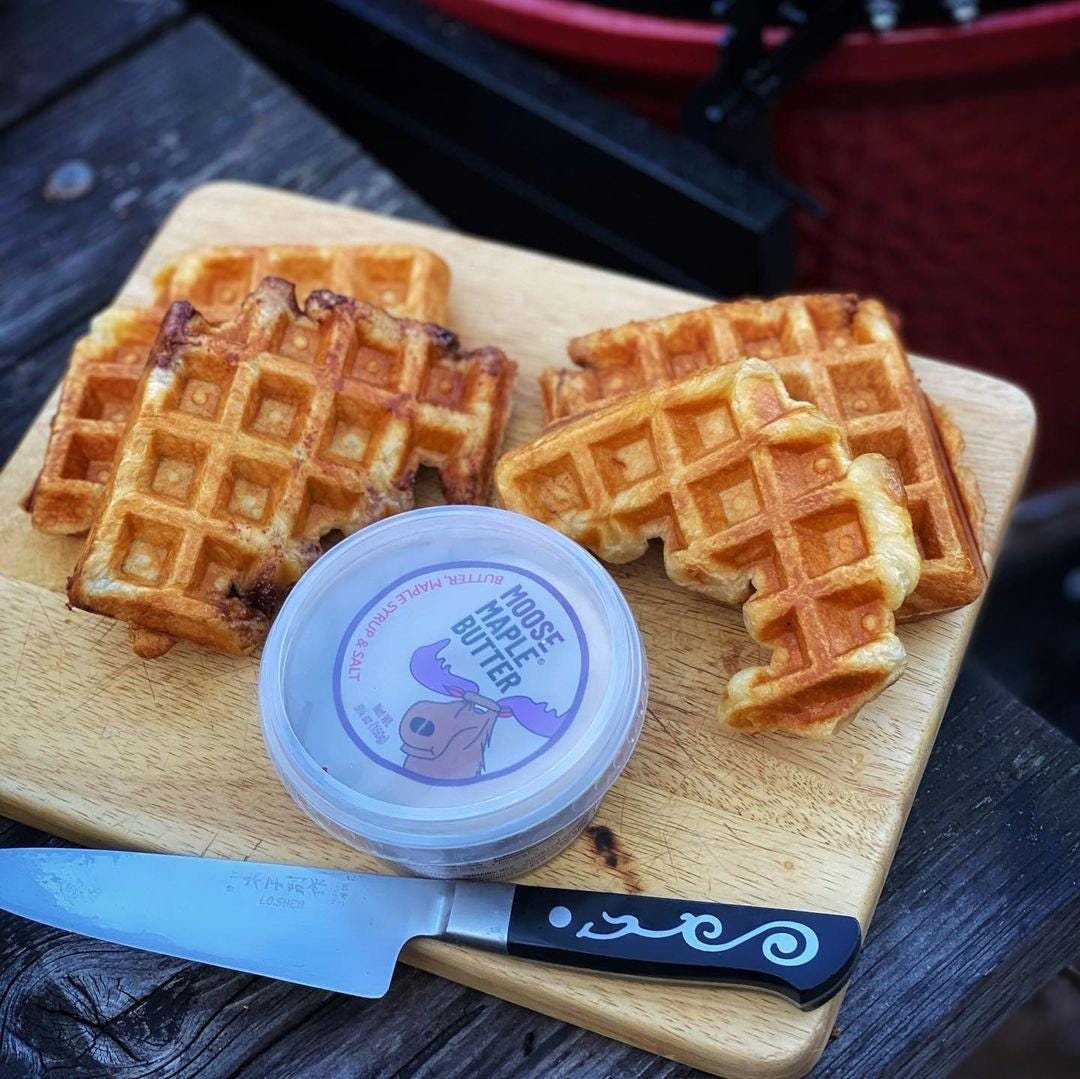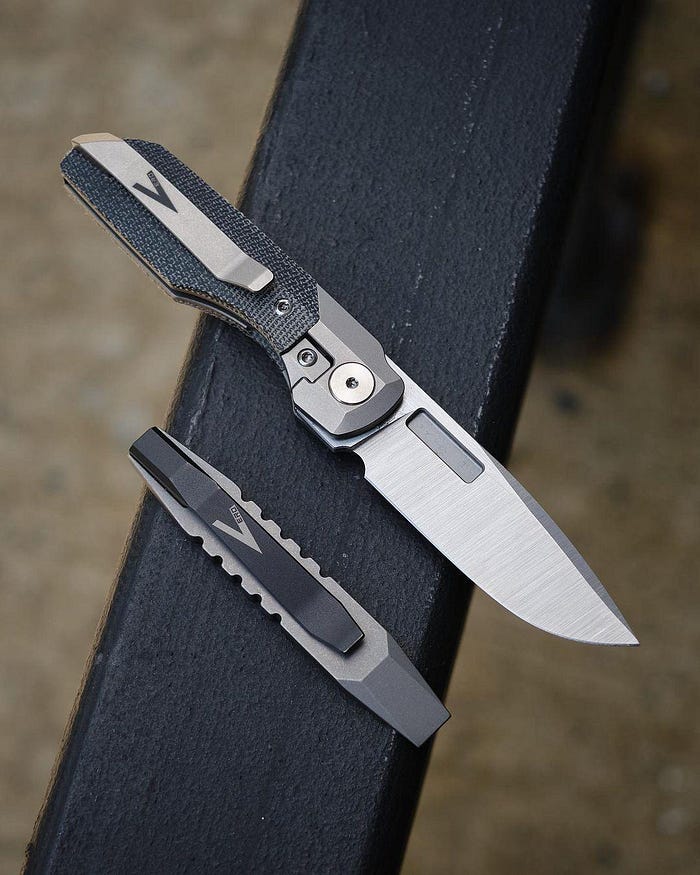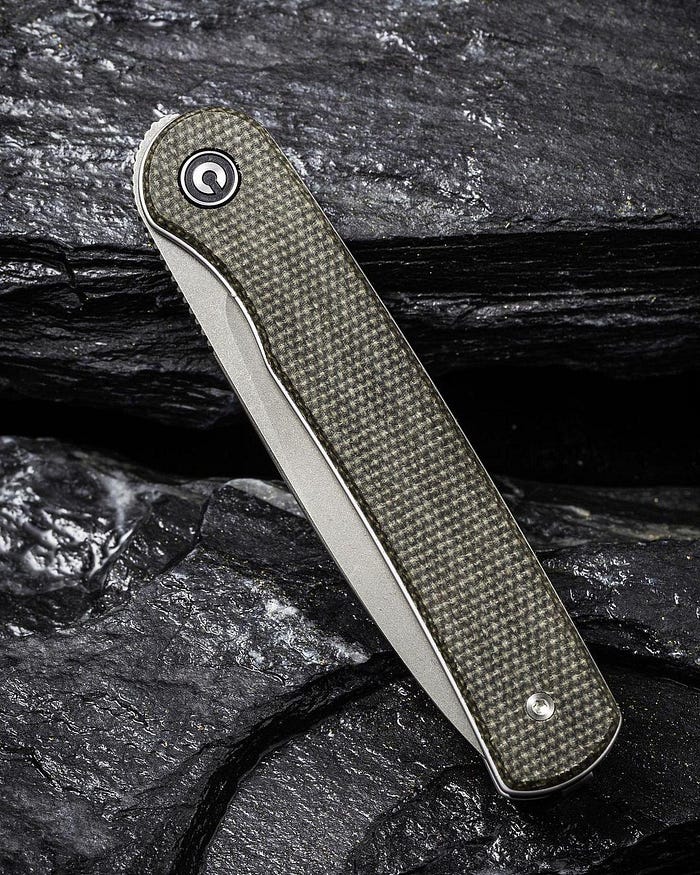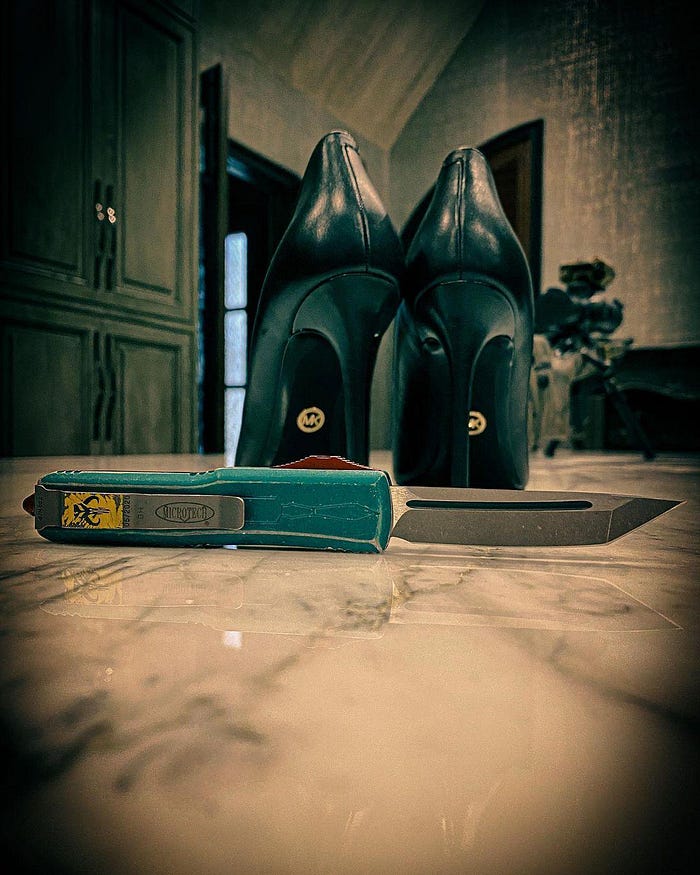
The History of the Santoku Knife
The story of the santoku knife begins in Japan. Santoku knives first appeared in the mid-20th century, post World War II, as a home cook’s alternative to the traditional vegetable cleaver, called a “nakiri.” While retaining the nakiri’s height and straight edge, santoku knives added a friendly “sheep’s foot” tip that curves down toward the edge to form a gentle point.

The Japanese santoku knife is shorter than its Western-style counterparts, ranging from 5–8 inches in length, and is designed with a more balanced weight distribution. The word santoku actually translates to “three virtues” — some say these are meat, fish, and vegetables, while others interpret them to be chopping, slicing, and dicing.
Regardless of which trio you prefer, the santoku knife quickly grew to be the most popular kitchen knife in Japan, and very soon after, found its way into the hands of both home and professional chefs around the world.
With a Japanese history, the word “santoku” can literally be translated to English to mean “three virtues” or “three uses”. What are those three uses?


1.Chopping
2.Dicing
3.Mincing
If you find yourself doing the following things in your kitchen often, then choosing a Santoku knife is a smart move…
● Cutting meat
● Slicing cheese
● Mincing food, from meat to herbs
● Slicing food, from fruit to nuts
● Transferring food from cutting board to pan or dish
● Creating fine slices for visual presentation, like seafood, salads and garnish
What to Look for When Buying a Santoku Knife


Santoku knives are usually made from stainless steel but also come in ceramic or high carbon. At Misen, we opt for high-carbon steel because of its number of long-term benefits: it’s stronger, more durable, and stays sharper longer than other material.
Of course, you’ll have to sharpen the knife eventually — unless your knife comes with a life-time sharpening guarantee like Misen’s do — but out of the box, you’re looking for a properly-sharpened knife that’s already in fine cutting form.
A sharp blade is the key to any good kitchen knife. Knives made from high-carbon steel already feature a sharper blade, which is a big help for a kitchen knife set that’s used as frequently as a santoku.


That brings us to the final factor: price. Santokus, being an all-around, general-purpose knife, shouldn’t break the bank. A lot of new companies have developed amazing, high-quality kitchen knives for honest prices, and you can easily get a great santoku knife for under $150 — one that will serve its purpose and last for many years to come.

























